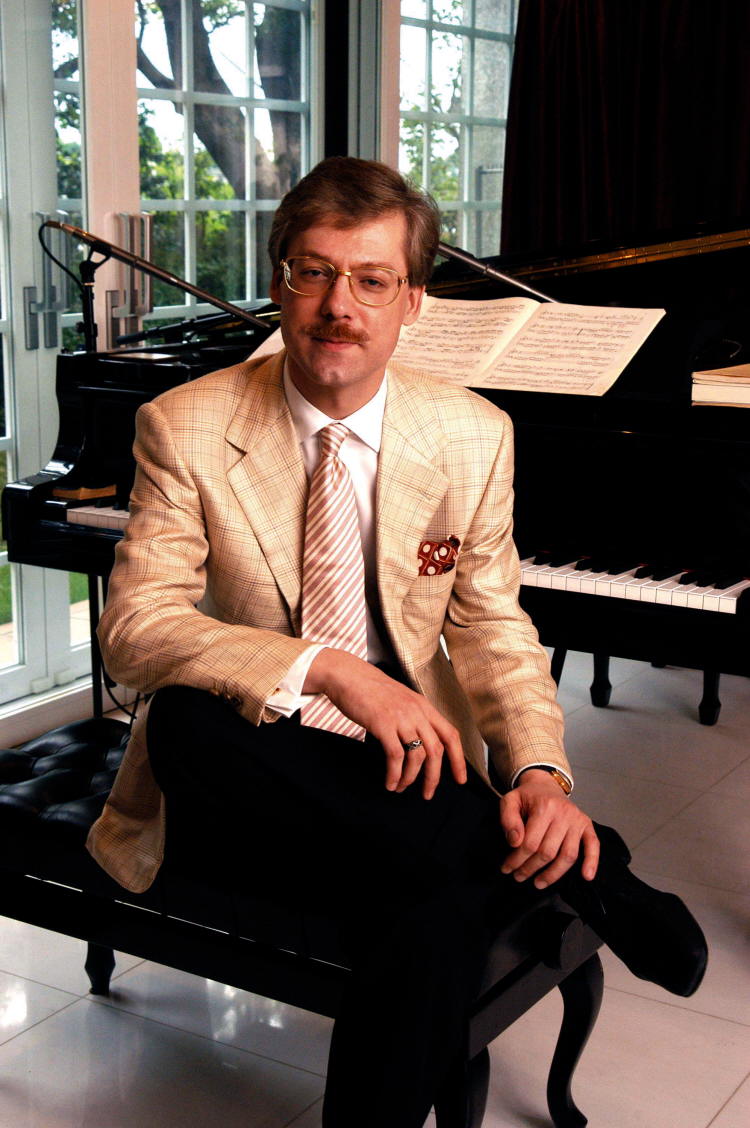

But this medieval discipline became the basis for tuning systems in later centuries and is generally included in modern scholarship on the history of music theory. This is not an absolute guideline, however for example, the study of "music" in the Quadrivium liberal arts university curriculum, that was common in medieval Europe, was an abstract system of proportions that was carefully studied at a distance from actual musical practice. Because of the ever-expanding conception of what constitutes music, a more inclusive definition could be the consideration of any sonic phenomena, including silence. Music theory is frequently concerned with describing how musicians and composers make music, including tuning systems and composition methods among other topics. The musicological approach to theory differs from music analysis "in that it takes as its starting-point not the individual work or performance but the fundamental materials from which it is built." The first is the " rudiments", that are needed to understand music notation (key signatures, time signatures, and rhythmic notation) the second is learning scholars' views on music from antiquity to the present the third is a sub-topic of musicology that "seeks to define processes and general principles in music". The Oxford Companion to Music describes three interrelated uses of the term "music theory". Music theory is the study of the practices and possibilities of music. Jubal, Pythagoras and Philolaus engaged in theoretical investigations, in a woodcut from Franchinus Gaffurius, Theorica musicæ (1492)


 0 kommentar(er)
0 kommentar(er)
